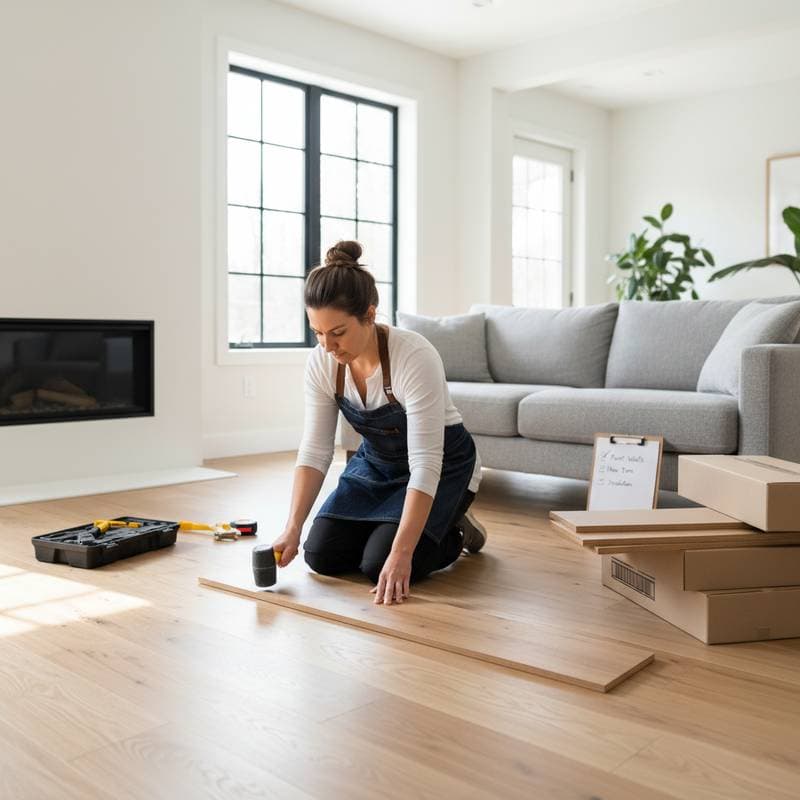Window Film or Replacement: Slash Energy Costs in 2025
Homeowners across the country are grappling with soaring utility bills and unpredictable material costs, prompting a reevaluation of energy-saving strategies. With tariffs inflating the price of glass and aluminum, and labor shortages driving up installation fees, window upgrades have become a pricier endeavor than in years past. Yet, the need to reduce wasted heating and cooling expenses remains urgent for budget-conscious households seeking impactful solutions without breaking the bank.
Having navigated a full home renovation myself, I understand the complexities of investing in windows. My own experience taught me hard lessons about underestimating costs and delivery delays during a replacement project, while a separate trial with window film revealed surprising savings on another property. The central question remains for many: should you opt for window film or commit to a full replacement? Let us dive into the details to help you make an informed choice.
Cost Analysis in Today’s Market
Window Film Expenses
- Basic do-it-yourself kits: $40 to $100 per window, though achieving a smooth application can be challenging
- Professional installation: $6 to $12 per square foot, typically totaling $600 to $1,200 for an average home
- Premium heat-rejecting options: $10 to $15 per square foot, often ranging from $1,800 to $2,500 for larger properties
Window film costs have remained relatively steady, largely due to the lightweight nature of the material and minimal impact from shipping tariffs. The primary benefit lies in the quick installation process, which keeps labor expenses low and allows for immediate energy savings.
Window Replacement Expenses
- Vinyl replacement units: $500 to $900 per window, including installation
- Wood or composite frames: $900 to $1,500 per window, installed
- Full home project (15 to 20 windows): $12,000 to $25,000, varying by size, style, and regional pricing
Current supply chain disruptions for glass and aluminum often extend replacement timelines by weeks, while labor shortages increase the cost of skilled installers. These factors make full replacements a significant financial and logistical commitment compared to the simplicity of film.
Decision Guide: Film or Full Replacement
Opt for Window Film When:
- Your existing windows are structurally sound, free of drafts or decay
- You seek a rapid return on investment, typically within 2 to 4 years
- Your primary concern is combating intense summer heat rather than winter chill
- You prefer a cost-effective interim solution while budgeting for future replacements
Choose Full Replacement When:
- Your windows show signs of air leaks, visible damage, or compromised frames
- You intend to remain in your home for a decade or more
- Boosting resale value and curb appeal is a priority
- You require comprehensive efficiency for both hot and cold seasons
Timing Your Project for Maximum Savings
Window contractors are currently in high demand, leading to elevated quotes and extended wait times. Savvy homeowners often schedule projects during off-peak seasons to secure better rates and faster service. For film applications, aim for spring or fall, as extreme summer temperatures can complicate the process. For replacements, steer clear of peak summer and winter periods when emergency repairs dominate installers’ schedules. Requesting multiple quotes from local professionals can reveal how seasonal fluctuations impact pricing in your area.
Safety and Health Factors to Consider
When installing window film yourself, prioritize safety by using proper cutting tools and protective gloves to avoid injury. Poorly applied film may peel over time or trap moisture, potentially fostering mold growth. On the other hand, replacing windows in older homes carries the risk of disturbing lead paint, a hazard that requires professional abatement under legal guidelines. Always confirm with your contractor that they follow lead-safe practices to protect your household during the project.
Taking the Next Step
Facing high energy bills, the decision between window film and replacement hinges on your budget and future plans. Film offers a fast, affordable way to curb cooling costs with minimal disruption. Replacement demands a larger upfront investment of time and money, yet it delivers lasting efficiency and enhances property value for decades to come. My recommendation, drawn from personal experience, is to assess your windows’ current state honestly. If the frames hold strong, film can provide immediate relief and savings. If drafts or damage are evident, begin planning a replacement to avoid escalating costs down the line.
Take a moment this week to inspect your windows closely. Test for air leaks by holding a lit candle near the edges on a breezy day, check for condensation between panes indicating seal failure, and examine wooden frames for signs of rot. Armed with this information, determine whether film can extend their usability or if a full upgrade is the wiser long-term investment. Reach out to licensed local professionals for tailored quotes and advice. Energy improvements like these not only reduce monthly expenses but also elevate comfort, making them a renovation that pays dividends with every bill cycle.



